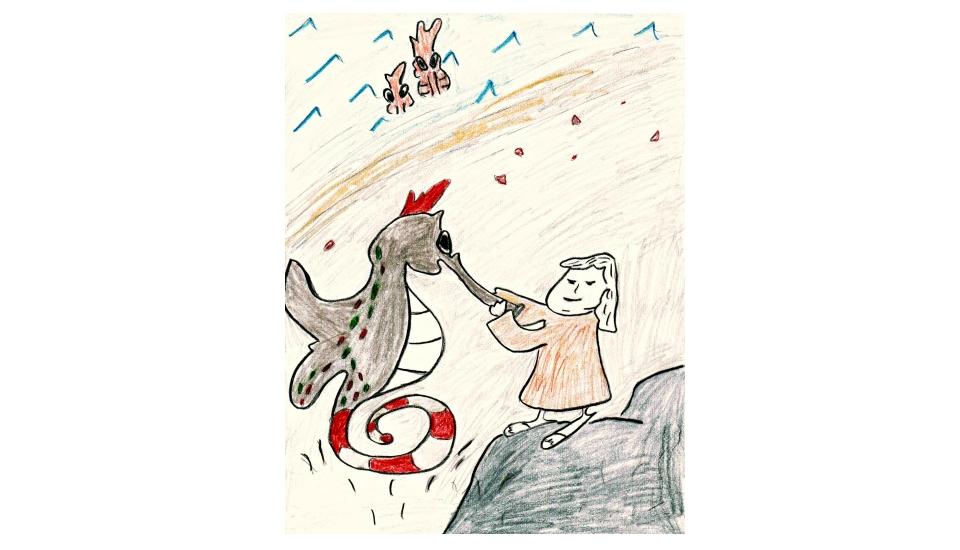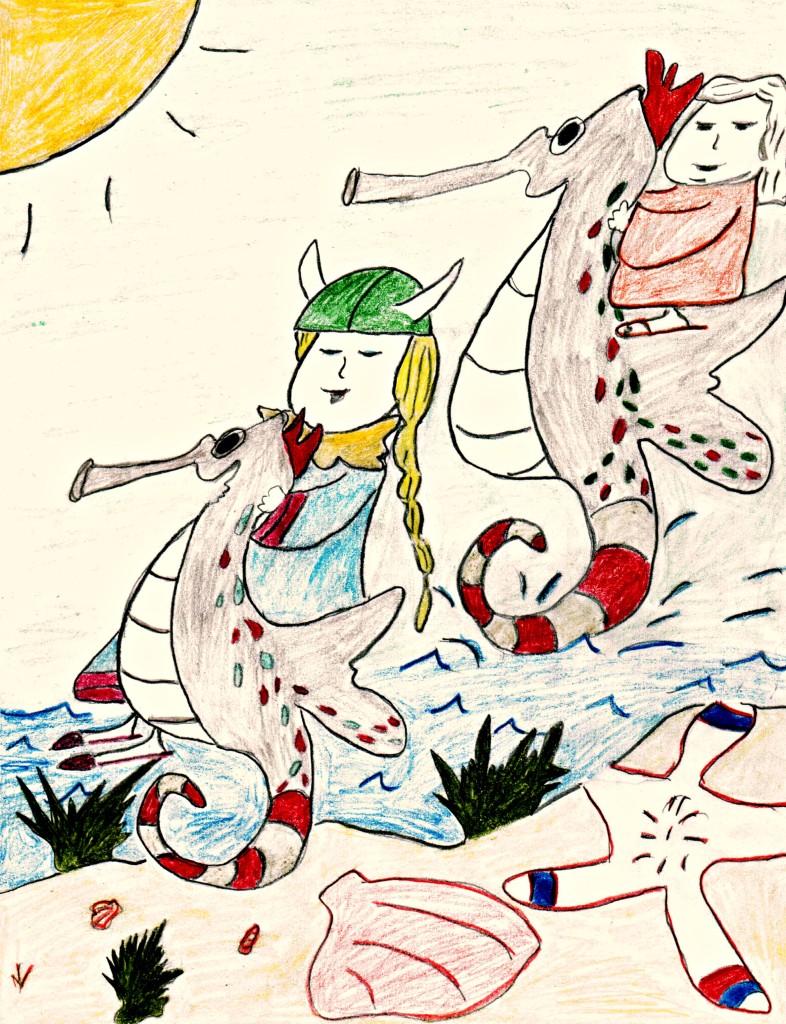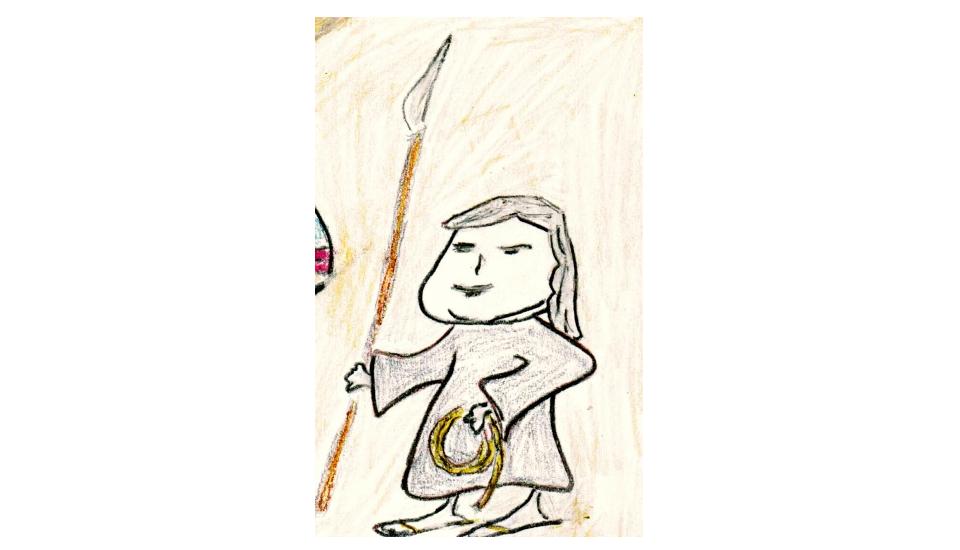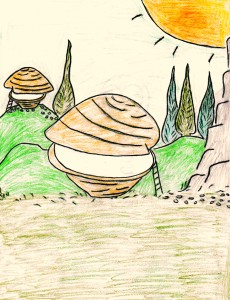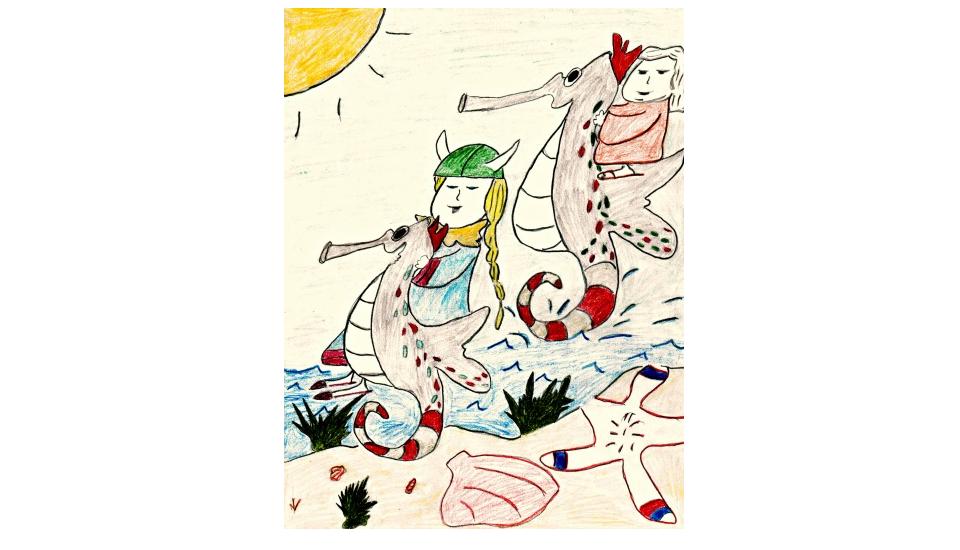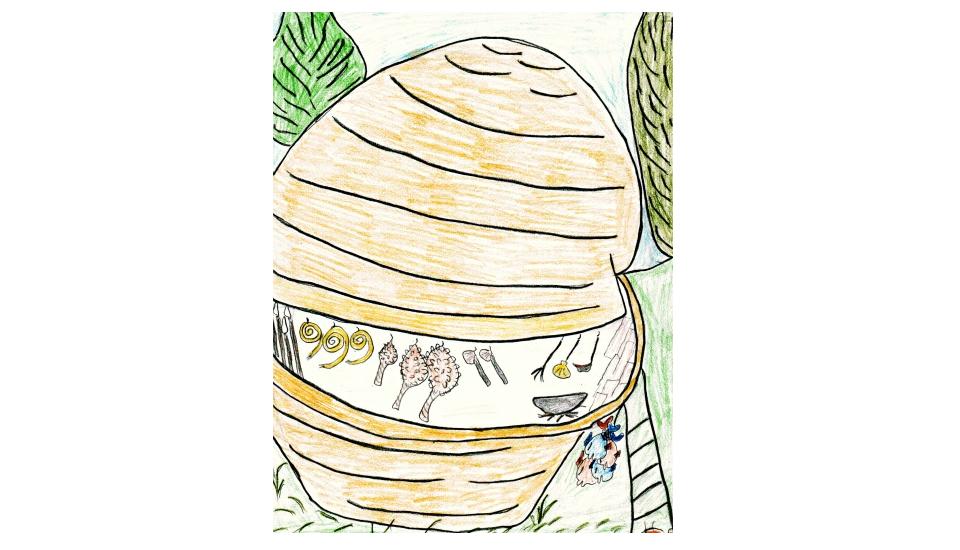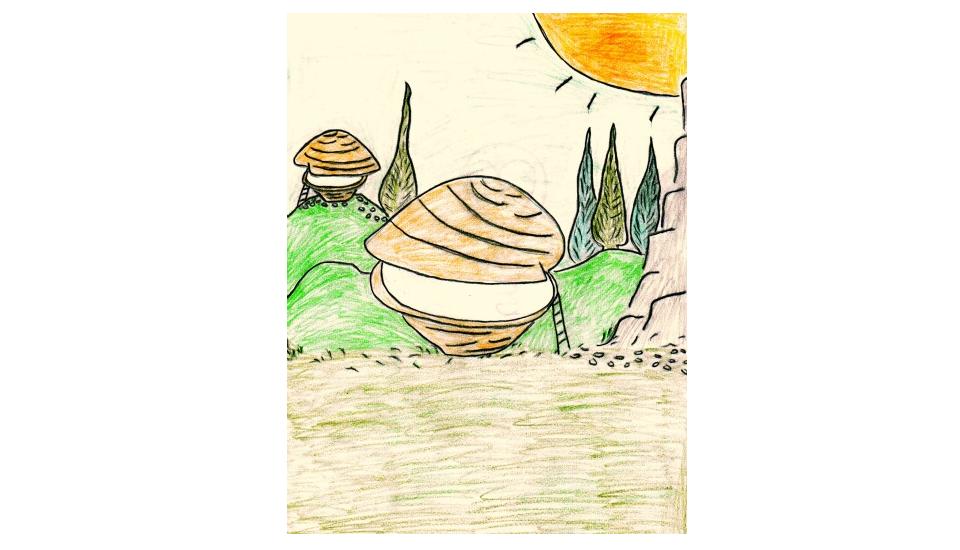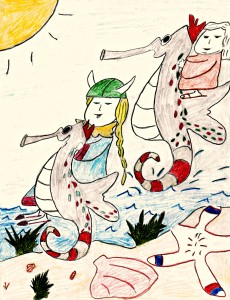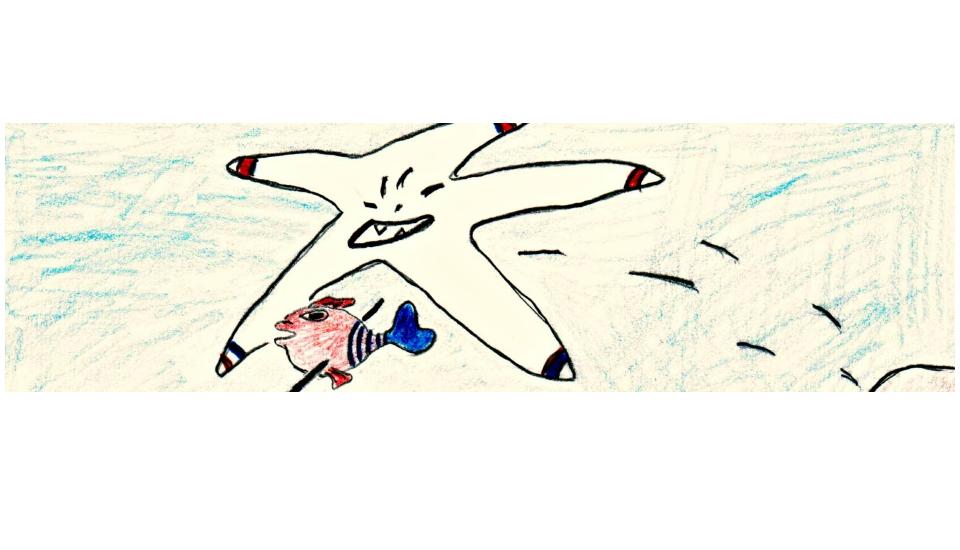
Today’s Hermipedia Feature: Sea Star Grabbas of Hermit Island…
A sea star is a starfish, and there are a bunch of sea star starfish Grabbas on Hermit Island, where our children’s book series, The Viking and the hermit takes place.
Sea Star Starfish Grabbas Species of Hermit Bay
The starfish Grabbas species in the waters of Hermit Bay are different from a regular sea star starfish.
Let’s run through some similarities and differences in the species!
How Many Species of Starfish and Where Do They Live?
First, did you know that about 1500 species of starfish live in the oceans? A starfish can live in the tropics as well as the polar subzero waters, and they can be found as far down in the depths of the sea as 20,000 feet.
Our starfish Grabbas species in our story, and in the waters of Hermit Bay live in a more tropical environment.
So far, Hermit has only found them as far down as where the seahorses take him, but it is quite likely they do live as far down as 20,ooo feet as well.
Star Shape and Size
They get their name from their star shape, but the starfish Grabbas happen to be quite a bit larger than the typical sea star. Whereas most species are about the size of an adult hand, our starfish species are about the size of a smaller octopus, and even as big as Hermit.
Most of our star species have five arms, which they use to swim, and climb over rocks both in the sea and on land. They can even climb up to the top of a cliff, and spring off to fly in the air.
This usually happens when you spear fish, because they like to steal the fish that you’ve already caught.
Since most starfish are opportunistic predators, our sea star species pose a greater threat based on their sheer size. Plus, they are able to hunt and eat prey much larger than their mouths, much the same as typical species.
Starfish Speed
The typical starfish species move very slowly at a pace of 6 inches in 1 minute. But our star species are capable of very fast speeds, and they can be down in the depths of the sea, and up to the cliff of the rocks, to spring to your fish caught on your spear in under 5 minutes.
This sea star below started on the sandy floor…
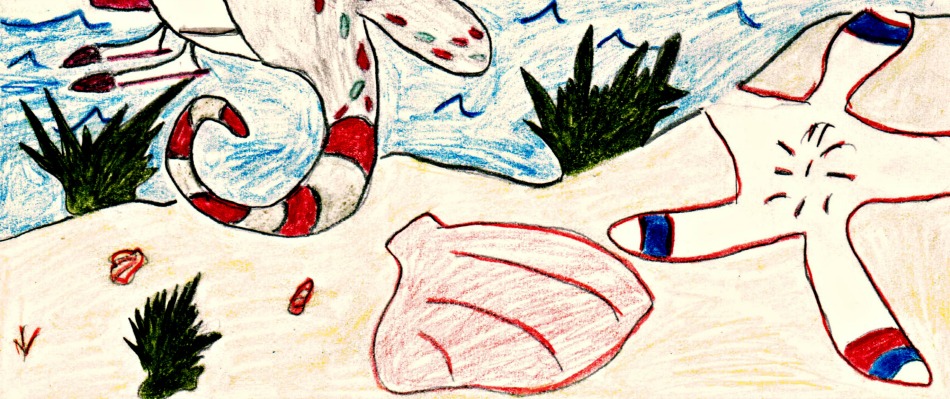
Then the sea star starfish and friends climbed all the way up the rock cliff really fast!…
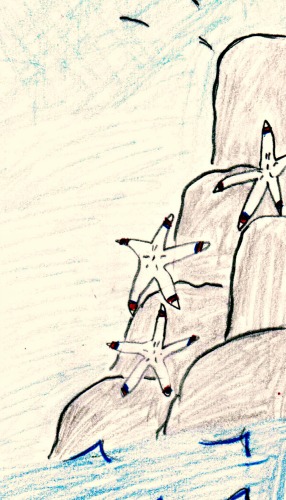
Starfish Brain Power
Unlike regular starfish species which lack a brain, our species do have brain power, and communicate with each other in their own way. They work together as a team to move and distract their prey, and in particular are drawn to any fishing activity in the sea, where they can attempt to grab, and steal away a caught fish on a spear.
Just ask Viking and Hermit!
Sea Star Grabbas of Hermit Island-Hermipedia: The Viking and the hermit
~Courtney & Betina
Google
Google+
